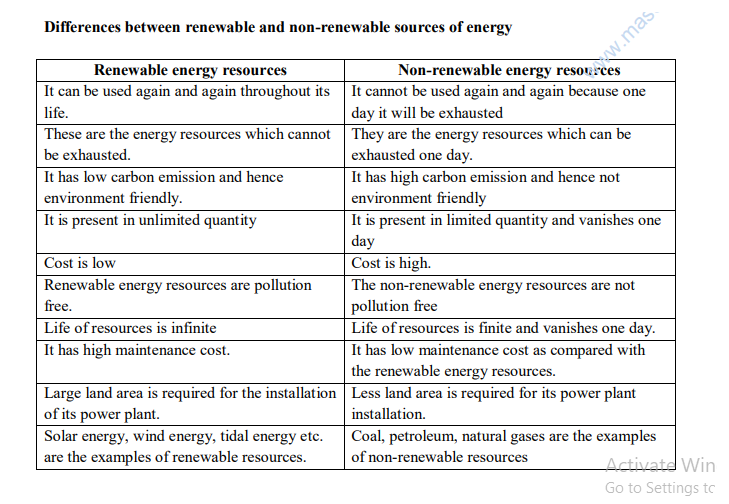There are nine major areas of energy resources. They fall into two categories: nonrenewable and renewable. Nonrenewable energy resources, like coal, nuclear, oil, and natural gas, are available in limited supplies. This is usually due to the long time it takes for them to be replenished. Renewable resources are replenished naturally and over relatively short periods of time. The five major renewable energy resources are solar, wind, water (hydro), biomass, and geothermal. Since the dawn of humanity people have used renewable sources of energy to survive — wood for cooking and heating, wind and water for milling grain, and solar for lighting fires. A little
more than 150 years ago people created the technology to extract energy from the ancient fossilized remains of plants and animals. These super-rich but limited sources of energy (coal, oil, and natural gas) quickly replaced wood, wind, solar, and water as the main sources of fuel.
Fossil fuels make up a large portion of today‘s energy market, although promising new renewable technologies are emerging. They each have benefits and challenges, and relate to unique technologies that play a role in our current energy system. For a range of reasons, from the limited amount of fossil fuels available to their effects on the environment, there is increased interest in using renewable forms of energy and developing technologies to increase their efficiency. This growing industry calls for a new workforce.

